How wealthy is the average person in countries around the world?
Unveiling the typical net worth per adult in 25 affluent nations
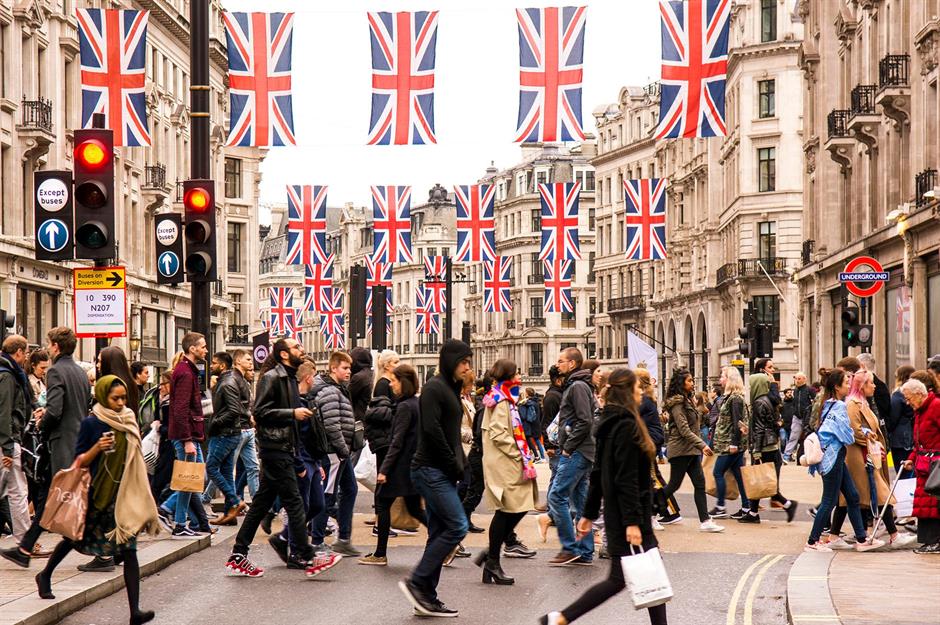
Think "wealthy" and the citizens of Switzerland, Luxembourg, and Singapore likely spring to mind. But exactly how much is the average adult in these countries really worth? And how do other key nations compare?
The latest Global Wealth Report from Swiss bank UBS has crunched the numbers for 25 well-off countries. The average wealth figure is calculated as assets, including property, minus debts. Since the average figure can be skewed by a small number of extremely rich individuals, UBS has also provided the median in most cases, giving a more accurate indication of the typical adult's wealth.
Ranked from least to most wealthy, read on to discover what the average person is worth worldwide today and find out how your nation stacks up.
All dollar amounts in US dollars
25. Qatar, average wealth per adult: $199,430 (£155,527)
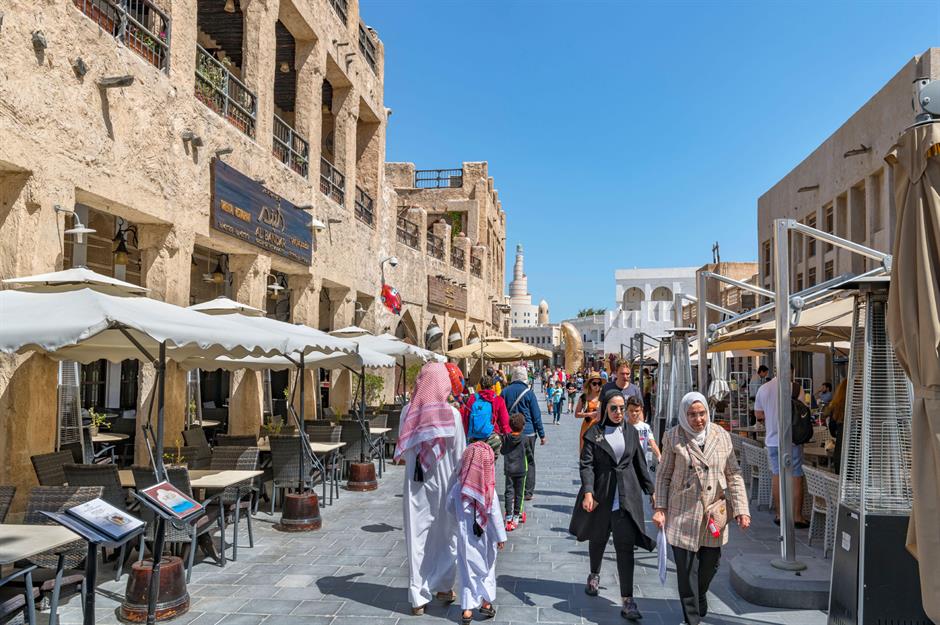
Per adult, average wealth came in at $199,430 (£155,527) in Qatar last year. The country's median figure, which reveals the wealth level at which exactly half the population has more and the other less, stood at $92,789 (£72,362).
While the median is around half the average, the gap between the two figures is relatively narrow. In fact, Qatar has the second-best Gini index score in the top 25. The Gini index measures wealth inequality on a scale of zero to 100, with zero denoting perfect equality and 100 total inequality. Qatar's figure for 2023 is a decent 48, though it was even lower in 2008 at just 43.
The nation has experienced the fastest wealth growth this century, and much of the population appears to have shared in the oil and natural gas-based bonanza, rather than a tiny elite.
24. Italy, average wealth per adult: $220,216 (£171,737)
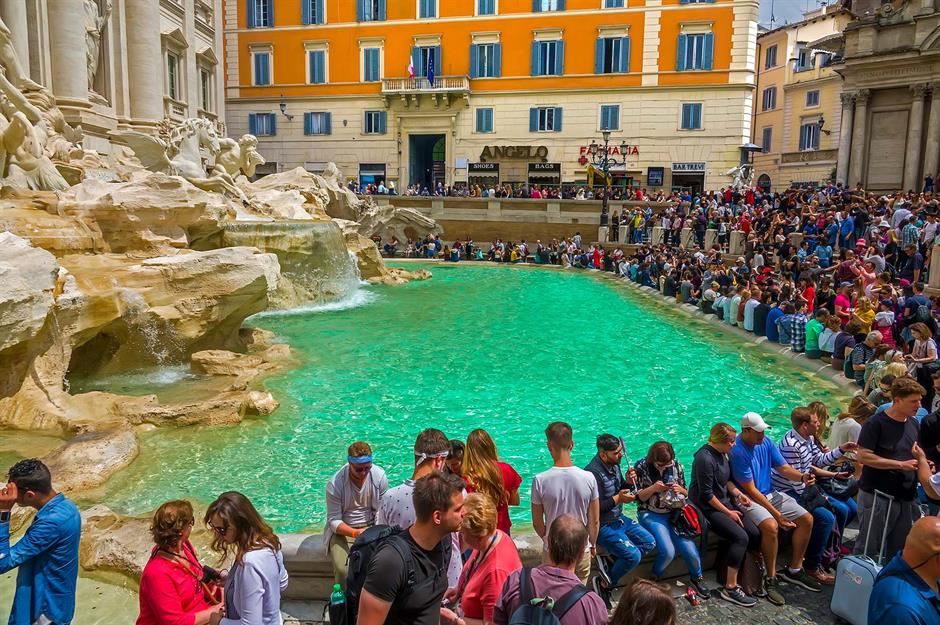
Average wealth per adult in Italy was $220,216 (£171,737) in 2023. The median figure was $113,754 (£88,712), so more than half the average, but Italy scores poorer than Qatar for wealth equality. It was rated 58 last year, up from 50 in 2008.
Wealth inequality is increasing in the country, and from 2010 to 2023, the wealth growth rate went into negative territory, while many other nations saw buoyant growth. The reasons are complex, but Italy's ageing population is a key factor behind the slowdown. As UBS points out, shrinking populations and ageing societies tend to dampen economic activity and, as a result, wealth accumulation.
23. Japan, average wealth per adult: $220,371 (£171,858)
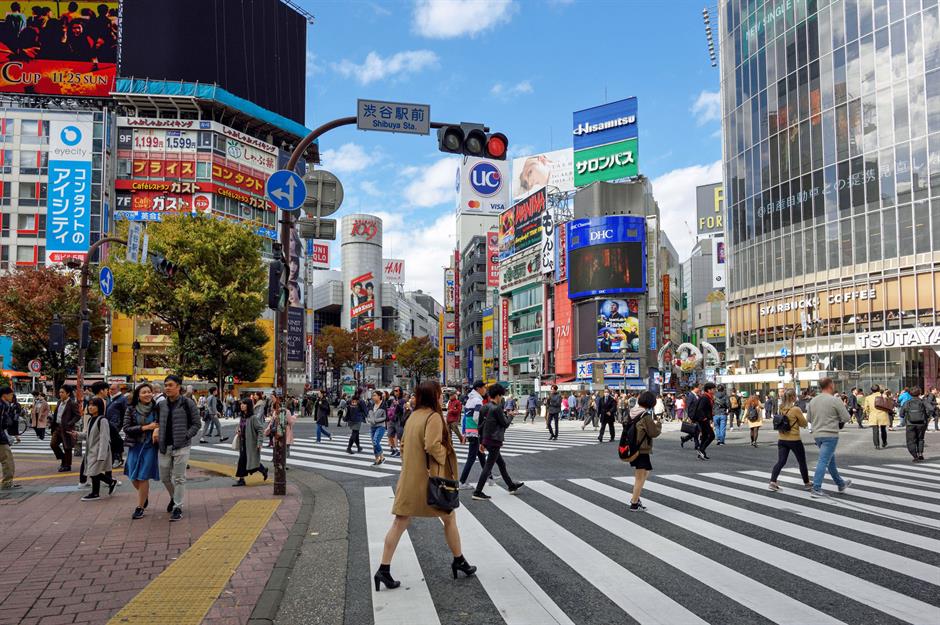
Japan is the prime example of that. Largely due to its rapidly ageing population, the country's wealth growth plummeted by 23% between 2010 and 2023.
Still, average wealth per adult was a very respectable $220,371 (£171,858) last year and the number of US dollar millionaires in the country is set to rise 28% by 2028, hitting over 6.6 million – only America is forecast to have more by then.
The median wealth per adult is more or less half the average at $106,999 (£83,444). Japan is among the world's most equal countries in terms of wealth, though its Gini index score has worsened since 2008, rising from 50 to 54.
22. Spain, average wealth per adult: $225,675 (£175,994)

Spain's wealth growth stagnated between 2010 and 2023, with the years-long financial crisis and other factors, including the COVID-19 pandemic and ageing demographics, no doubt to blame.
During a similar period, Spain's median wealth growth slipped behind average wage growth. The median figure is now $111,270 (£86,755), around half the average wage, whereas the two figures were more closely aligned pre-2010.
Unsurprisingly, Spain's Gini index score has shot up from 47 in 2008 to 57 in 2023. Nonetheless, Spain is one of the more equal countries by wealth in global terms.
21. South Korea, average wealth per adult: $245,298 (£191,298)

Wealth inequality is waning in South Korea. The country's Gini index score fell from 62 in 2008 to 57 last year, putting it on a par with Spain. During the same time frame, average wealth per adult increased by well over 150%, more than most of the nations in the top 25. Median wealth is playing catch-up, but it increased in 2023 to almost 40% of the average, at $95,872 (£74,766).
South Korea's US dollar millionaire population is poised to grow by 27% through to 2028, by which point the country is expected to boast over 1.6 million high-net-worth individuals (HNWIs).
20. Ireland, average wealth per adult: $249,918 (£194,901)

The gap between rich and poor is comparatively wide in Ireland and the country is one of the most unequal in Europe when it comes to wealth. This is reflected in its median wealth per adult figure, which at $95,459 (£74,444) is only 38% of the average and lower than South Korea's number.
According to Oxfam, the richest 1% of Ireland's population possess more than a third of the entire wealth of the nation. As is the case in many countries, property ownership is the overriding driver. Earlier this year, the Central Bank of Ireland noted an “extreme concentration” of the nation's wealth – 97% – is held by people who own property.
19. Austria, average wealth per adult: $255,689 (£199,401)
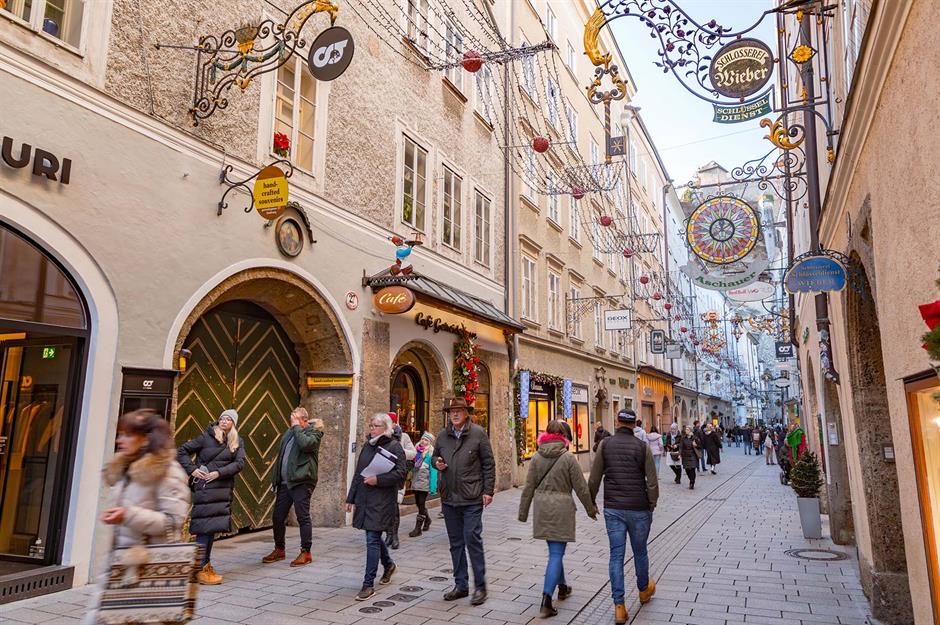
Wealth inequality in Austria is also pretty pronounced by European standards, though the country's score has dropped from 69 in 2008 to 65 last year. Austria also does better than its neighbours Germany and Switzerland, which both score higher in the Gini index.
UBS hasn't included median wealth per adult data for Austria in its 2024 report, as it doesn't make it into the top 25, but according to its 2023 report, it was just 28% of the average wealth. At slightly over a quarter, that's a large disparity. According to nonprofit organisation the Club of Rome, the top 1% own more than 55% of Austria's wealth.
18. Israel, average wealth per adult: $260,567 (£203,205)

Israel has seen the second fastest wealth growth this century among the top 25. Only Qatar has reported better numbers. Wealth equality has improved in tandem with the growth but it's still quite marked – the nation's Gini index score was 64 in 2023, down from 72 in 2008. However, the median wealth per adult figure was around a third of the average in 2023, a massive improvement from 2008.
According to UBS, Israel is one of the countries forecast to boost its number of US dollar millionaires by 2028. Its population of people sitting at least seven-figure fortunes is expected to rise from 179,905 to 226,226, an increase of 26%.
17. Germany, average wealth per adult: $264,789 (£206,498)
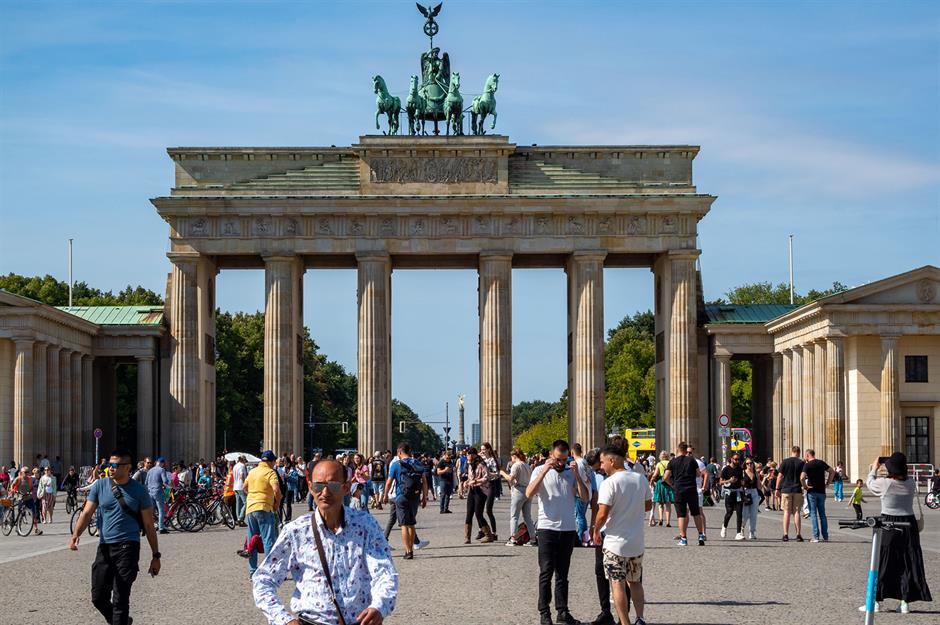
Germany's average wealth per adult amounted to $264,789 (£206,498) last year. UBS hasn't included the median figure but the report has highlighted its stellar growth; between 2008 and 2023, median wealth growth was more than double average wealth growth. Meanwhile, wealth inequality has narrowed since 2008, but Germany's Gini index score remains high at 68.
However, according to data from 2022, median wealth per adult is just a quarter of the average. Writing for recruitment firm The Stepstone Group, labour economist Julius Probst credits this relatively low wealth figure to three factors: the lack of widespread home ownership (Germany is a nation of renters), a lower appetite for investing in shares, and the prevalence of non stock market-linked pensions.
16. Taiwan, average wealth per adult: $302,551 (£235,947)

In contrast to Germany, Taiwan's average wealth per adult grew at a much faster pace than the median figure between 2008 and 2023. Last year, it had ballooned to $302,551 (£235,947), while the median came in at $110,521 (£86,190). At 37% of the average, it's not terrible but the number clearly indicates how wealth inequality has been worsening in the country.
This is borne out in Taiwan's Gini index score, which increased from 55 in 2008 to 61 last year. On the upside, the country is in the midst of a millionaire boom tied to its thriving AI chip industry. Between 2023 and 2028, their numbers are projected to almost double, increasing more in percentage terms than any other country. By 2028, Taiwan will be home to around 1.2 million US dollar millionaires.
15. Sweden, average wealth per adult: $319,289 (£249,000)
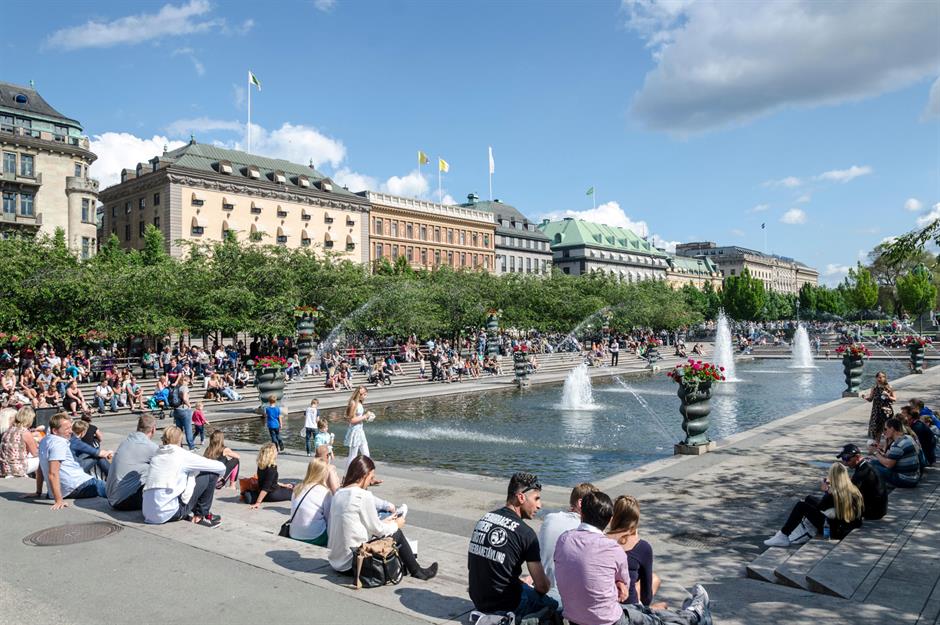
The joint most unequal country in the top 25, Sweden scores 75 in the Gini index, up from 74 in 2008, illustrating the situation has deteriorated in recent years. The average wealth per adult is now almost four times greater than the median. This may come as a surprise given the reputation Nordic nations have for equality and progressiveness.
According to medical journal The Lancet Regional Health, the failure of successive governments to reform tax policies that favour the rich and other misjudged political decisions are behind the increase in Sweden's inequality and rising poverty rates.
14. France, average wealth per adult: $329,122 (£256,669)
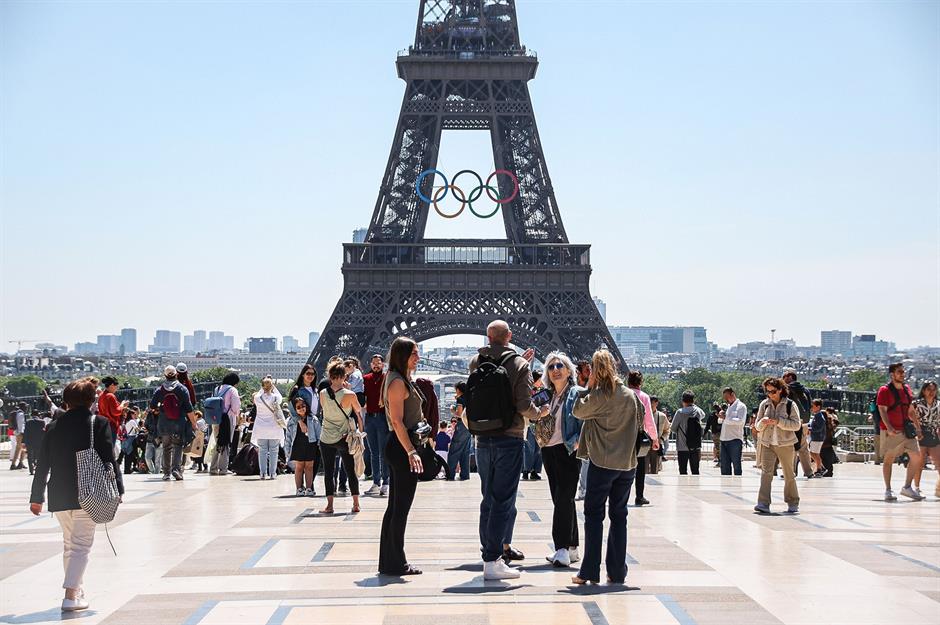
Last year, France's average wealth per adult was $329,122 (£256,669), while the median was $140,593 (£109,642). At 43%, the disparity isn't significantly wide, but it has expanded over the past decade and a half, while average wealth growth has outpaced median wealth growth.
The data is mirrored by France's Gini index score, which increased from 56 in 2008 to 59 last year. On another note, the French Inequality Observatory's definition of rich is anyone earning above $4,187 (£3,265) a month after tax. By its calculations, there are 4.7 million rich people in France, representing 7.4% of the nation's population.
13. UK, average wealth per adult: $350,264 (£273,156)
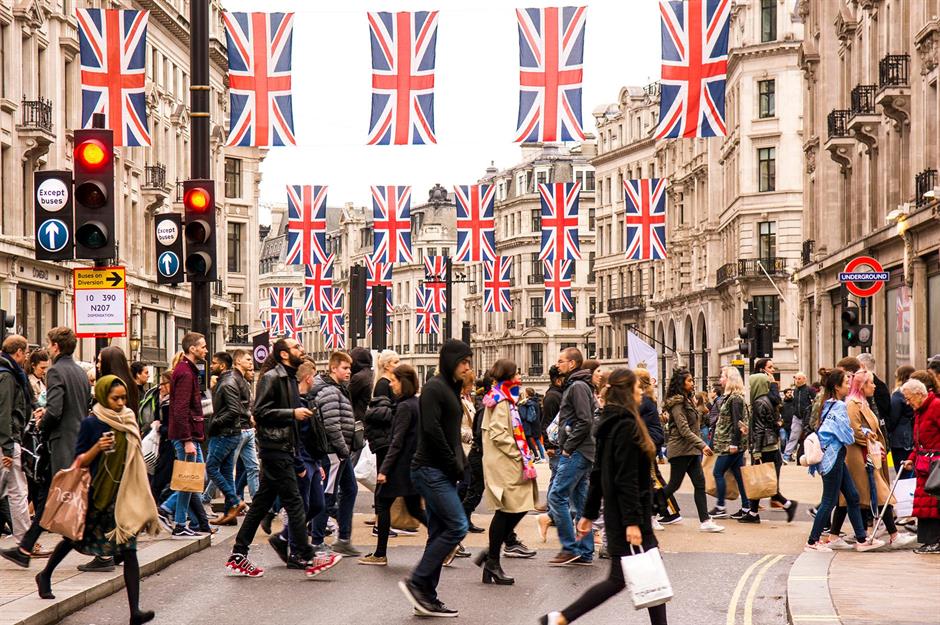
The average Brit's wealth is $350,264 (£273,156) as of 2023. Meanwhile, at $163,515 (£127,518), median wealth per adult is higher proportionally in the UK, at 47% of the average. And unlike France, average and median wealth have largely grown in tandem between 2008 and 2023, though the country's Gini Index score rose from 57 to 61.
The most striking statistic in the UBS report is the anticipated fall in the number of US dollar millionaires in the country by 2028. The figure is expected to nosedive by 17%, from over three million to around 2.5 million. The new Labour government's more progressive tax policies, the exodus of rich EU citizens post-Brexit, and a reduction in Russian money in London since the war in Ukraine are among the key contributing factors.
12. Netherlands, average wealth per adult: $361,759 (£282,121)
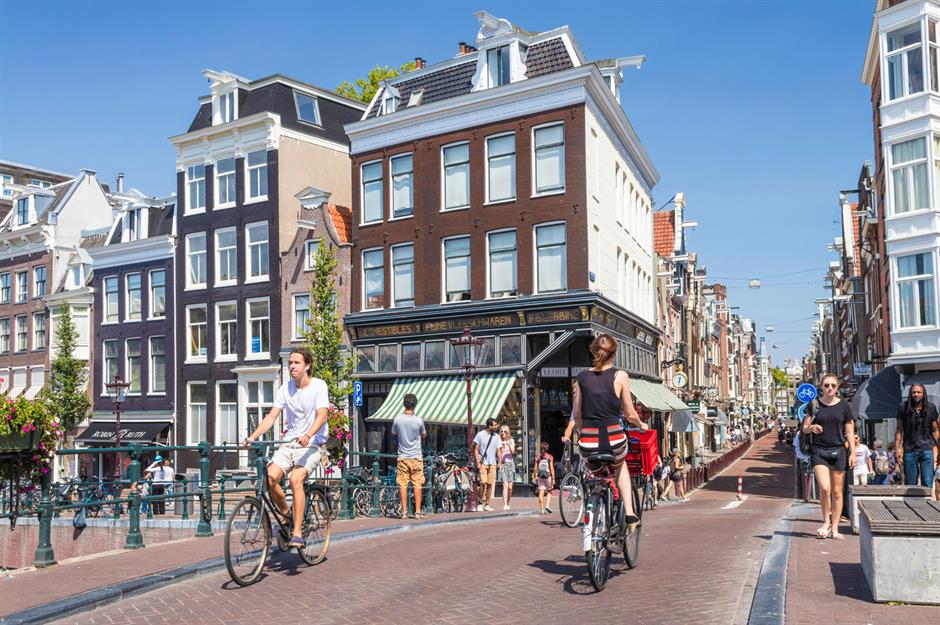
The Netherlands is another country expected to see a decline in its US dollar millionaire population by 2028. In common with the UK, the nation has proved popular with super-wealthy "nomads" who are now leaving in their droves for more tax-friendly locales. Consequently, the number of millionaires is forecast to drop 4% to under 1.1 million. Nonetheless, the figure remains high considering the Netherlands' relatively small population.
Wealth inequality is improving in the country, but its Gini index score of 64 is still high. The median wealth figure is worse than the UK's in percentage terms, too, at 45%.
11. Belgium, average wealth per adult: $362,408 (£282,627)
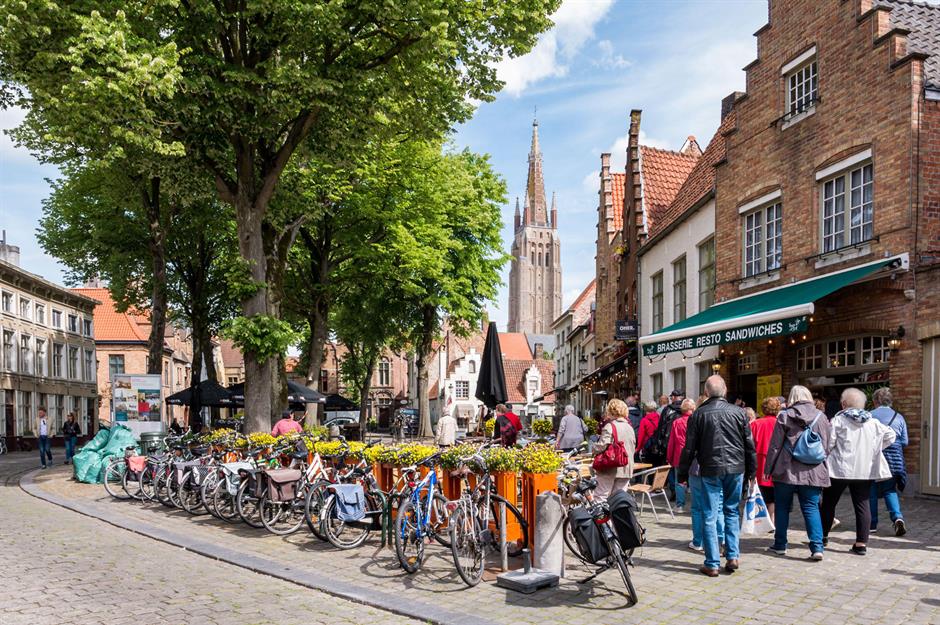
Wealth is much more evenly distributed in Belgium, which has the best Gini index score in the top 25. The country's rating stood at 46 in 2023, a noteworthy improvement on 2008's score of 51.
Belgium also has the smallest disparity between average wealth and median wealth per adult – the median figure of $256,185 (£199,788) is over 70% of the average. Since wealth is more spread out, Belgium has a smaller US dollar millionaire population in relative terms than many other advanced economies. Still, the numbers are on the rise, with the total expected to increase by 16% to 653,881 between 2023 and 2028.
10. Canada, average wealth per adult: $375,800 (£293,071)

At $375,800 (£293,071), Canada's average wealth per adult is much lower than America's, but the nation's median wealth figure is higher at $142,587 (£111,197). It goes without saying that wealth in Canada is more evenly distributed, though given the median is only 38% of the average, the country is no egalitarian paradise.
Wealth growth was slower in Canada than south of the border between 2008 and 2023, but the number of US dollar millionaires is set to grow faster than in the US, with an increase of 21% projected by 2028, taking the total to over 2.4 million.
9. Norway, average wealth per adult: $382,575 (£298,354)
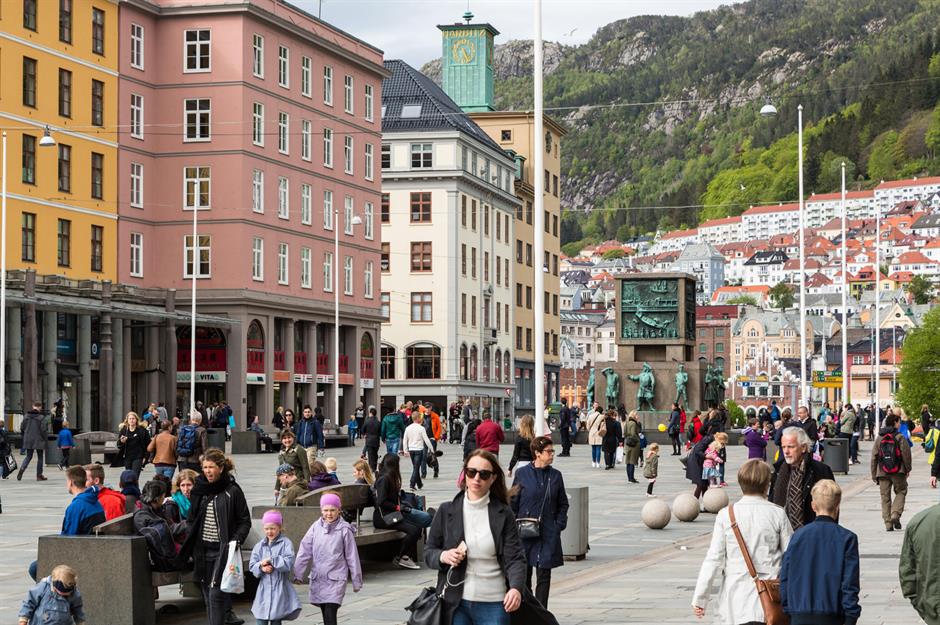
Norway has less of a problem with wealth inequality than its neighbour Sweden, but the Scandinavian nation is not as equal in wealth terms as you might expect. The median figure per adult is 40% of the average, and the country's Gini index score is in the same bracket as that of Germany and Austria.
The concentration of wealth at the upper end is evident in the UBS US dollar millionaire growth prediction. Between 2023 and 2028, the number of people in Norway with fortunes of at least seven figures is forecast to increase by 22% to 308,247.
8. Singapore, average wealth per adult: $397,708 (£310,156)

Singapore is seemingly trapped in a wealth inequality spiral. Between 2008 and 2023, average wealth per adult soared well over 100%, but the median figure actually declined. It's now barely over a quarter of the average.
During the same period, the city-state's Gini index score jumped from 57 to 70, indicating a drastic rise in inequality. All too aware of the problem, the government is taking steps to redress the balance, from increased cash handouts for low-income earners to better financial support for recent graduates. In the meantime, Singapore's US dollar millionaire population, which represents a sizeable 6.5% of the total population, continues to get bigger, with growth of 13% projected through to 2028.
7. New Zealand, average wealth per adult: $408,231 (£318,363)
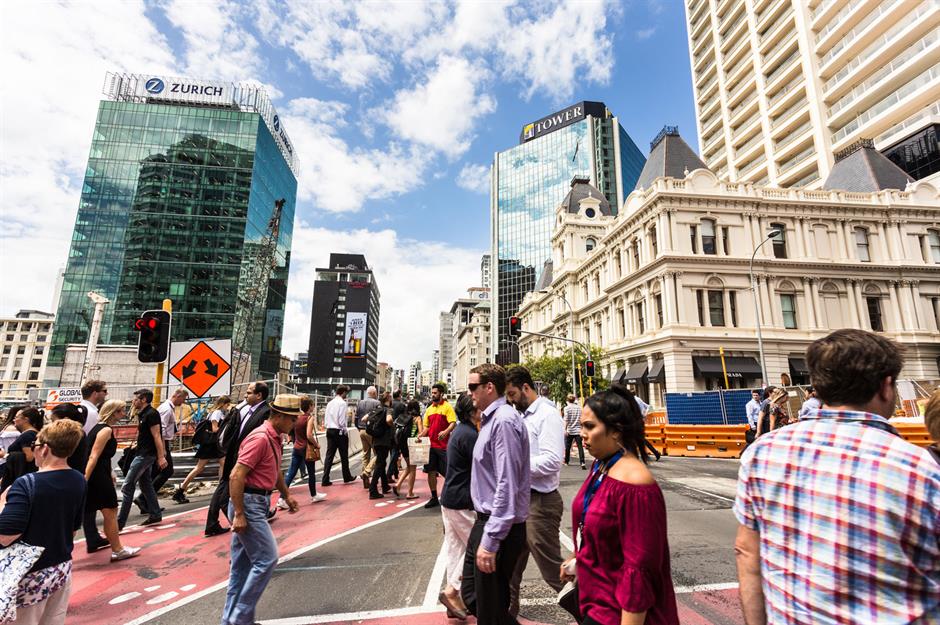
New Zealand's average wealth per adult came in at $408,231 (£318,363) last year. According to the Inequality: A New Zealand Conversation website, the country recorded the developed world's biggest increase in income inequality during the 1990s and 2000s.
However, New Zealand's Gini index score has improved in recent years. It's low by international standards but not as low as neighbouring Australia's, though median wealth is slightly higher proportionally. Last year, the figure was just under half the average at $202,525 (£157,941). Meanwhile, the nation's millionaire population grew to around 9% last year.
6. Denmark, average wealth per adult: $448,802 (£350,002)
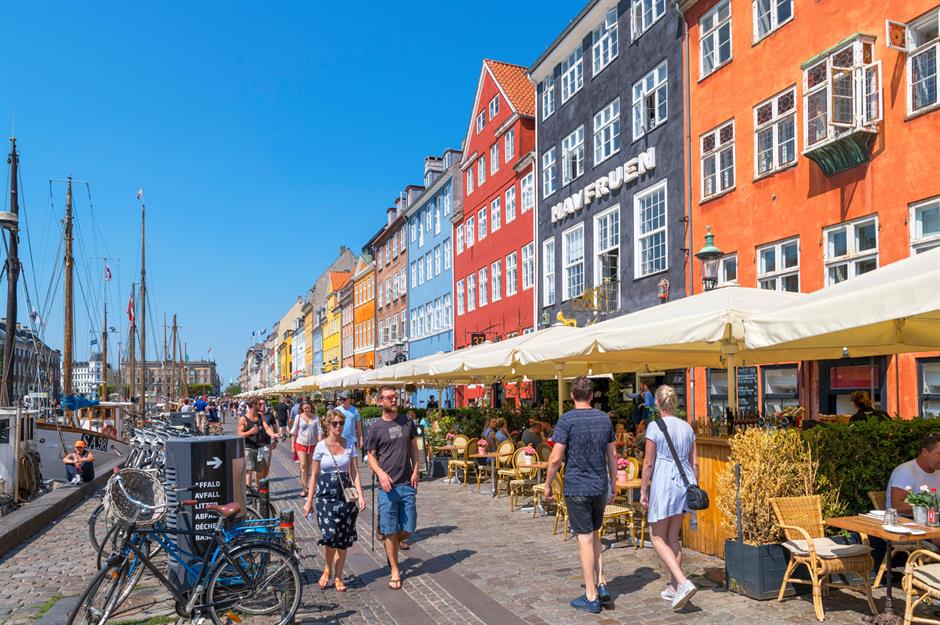
Denmark has about the same proportion of millionaires as New Zealand, but wealth is more concentrated in the upper brackets and inequality is increasing. Last year, the Nordic nation's Gini index score climbed to 62, up from 56 in 2008.
The median wealth figure per adult in 2023 was $193,669 (£151,034), which is 43% of the average. This is higher than in Sweden and Norway but lower than in the UK, Italy, Spain, and various other European countries.
5. Australia, average wealth per adult: $546,184 (£425,947)

Wealth inequality in Australia increased by 5.4% between 2008 and 2023 as median wealth growth lagged behind average wealth growth. But the Land Down Under remains more equal than most. While it was higher in 2008, Australia's Gini index score of 54 last year was only bettered among the top 25 by Qatar and Belgium.
Accordingly, median wealth per adult is 48% of the average at $261,805 (£204,171). US dollar millionaires now make up almost 10% of the population, and their numbers are forecast to surpass 3.2 million in 2028, up from 1.9 million last year.
4. USA, average wealth per adult: $564,862 (£440,513)
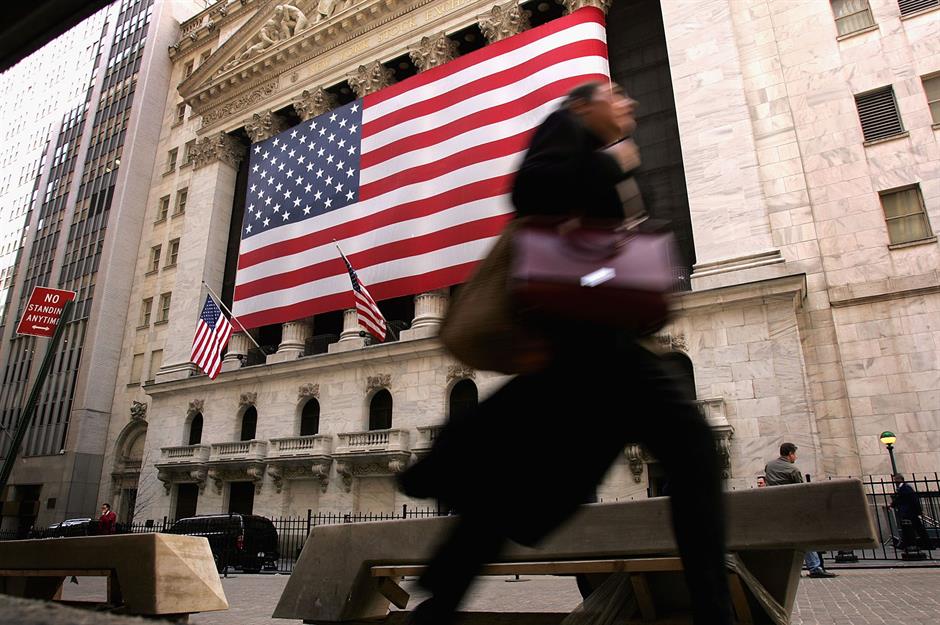
The US is a country of great contrasts. America has the world's largest millionaire population, standing at just under 22 million last year (38% of the global total), and this number is expected to reach 25.4 million by 2028. The nation also boasts the most billionaires, a record 813 or 30% of the worldwide total, according to Forbes.
Yet wealth is poorly distributed in the country, and the US has one of the worst Gini index scores in the developed world, not to mention the joint worst in the top 25. It was recorded at 75 last year, only a marginal improvement from 2008. And though median wealth growth per adult matched average wealth growth from 2008 to 2023, the gulf between the two numbers remains wide. Last year, the median figure was five times lower than the average at just $112,157 (£87,466). No other nation in the top 25 has a wider gap.
3. Hong Kong, average wealth per adult: $582,000 (£453,878)
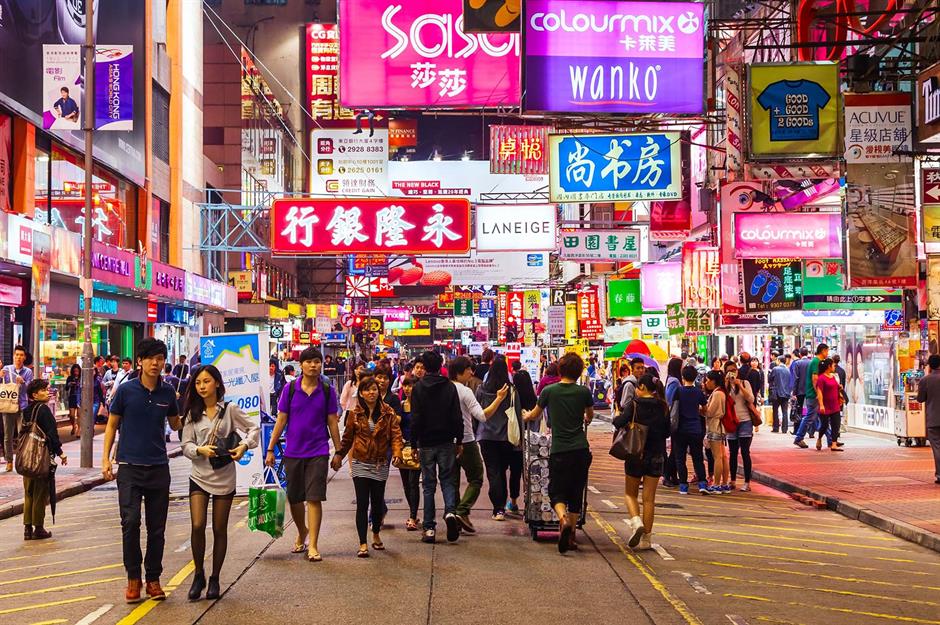
Wealth in Hong Kong is more evenly spread and inequality is improving. The Chinese region's Gini index score fell to 63 last year, down from 66 in 2008. Over the same period, median wealth per adult grew at the same pace as the average. However, the gap between the two isn't small, with the median last year only 36% of the average at $206,859 (£161,321).
According to Insider Monkey, Hong Kong has the world's highest number of billionaires per capita, and millionaires make up almost 10% of the adult population. Coming in at 629,155 in 2023, the number is set to rise to 737,716 by 2028, an increase of 17%.
2. Luxembourg, average wealth per adult: $607,524 (£473,783)
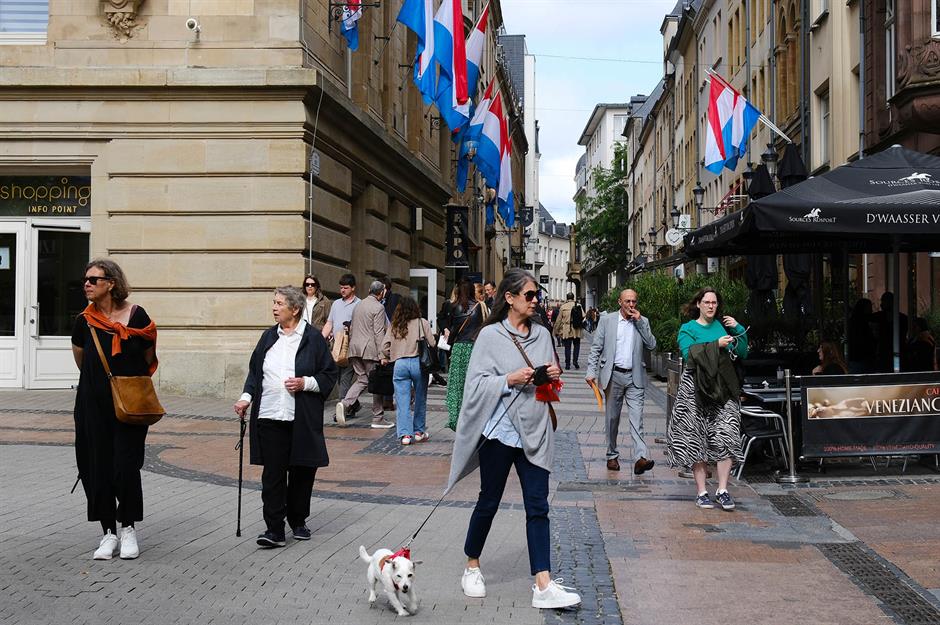
Luxembourg is probably the most truly rich country in the world. The tiny duchy has the highest proportion of US dollar millionaires worldwide – over 16% of adults – and the planet's largest median wealth per adult at $372,258 (£290,309).
Wealth is better distributed in Luxembourg compared to many other affluent countries, but not everyone in the compact nation is made of money. And with the cost of living painfully high, one in seven workers is at risk of poverty, according to 2023 figures from the country's Chamber of Salaries.
1. Switzerland, average wealth per adult: $709,612 (£553,398)
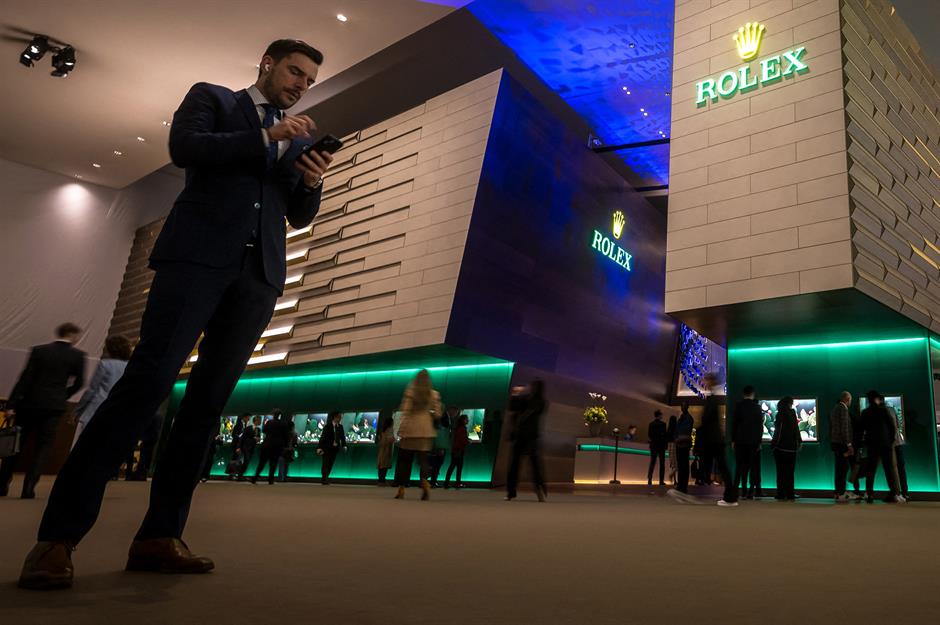
Switzerland outclasses every other country in terms of average wealth per adult. Last year, the figure wowed at $709,612 (£553,398). But while median wealth growth has outpaced average wealth growth in recent years, the median figure is much lower. At $171,035 (£133,383), it was over four times smaller in 2023.
Inequality is improving in Switzerland – its Gini index score dropped to 67 last year, down from 70 in 2008 – but the country's high proportion of ultra high-net-worth individuals continues to skew the numbers. And poverty is most definitely a problem, with around 9% of the population living below the breadline, though the bar is set relatively high.
Now discover why the world so deep in debt and which countries are worst affected
Comments
Be the first to comment
Do you want to comment on this article? You need to be signed in for this feature